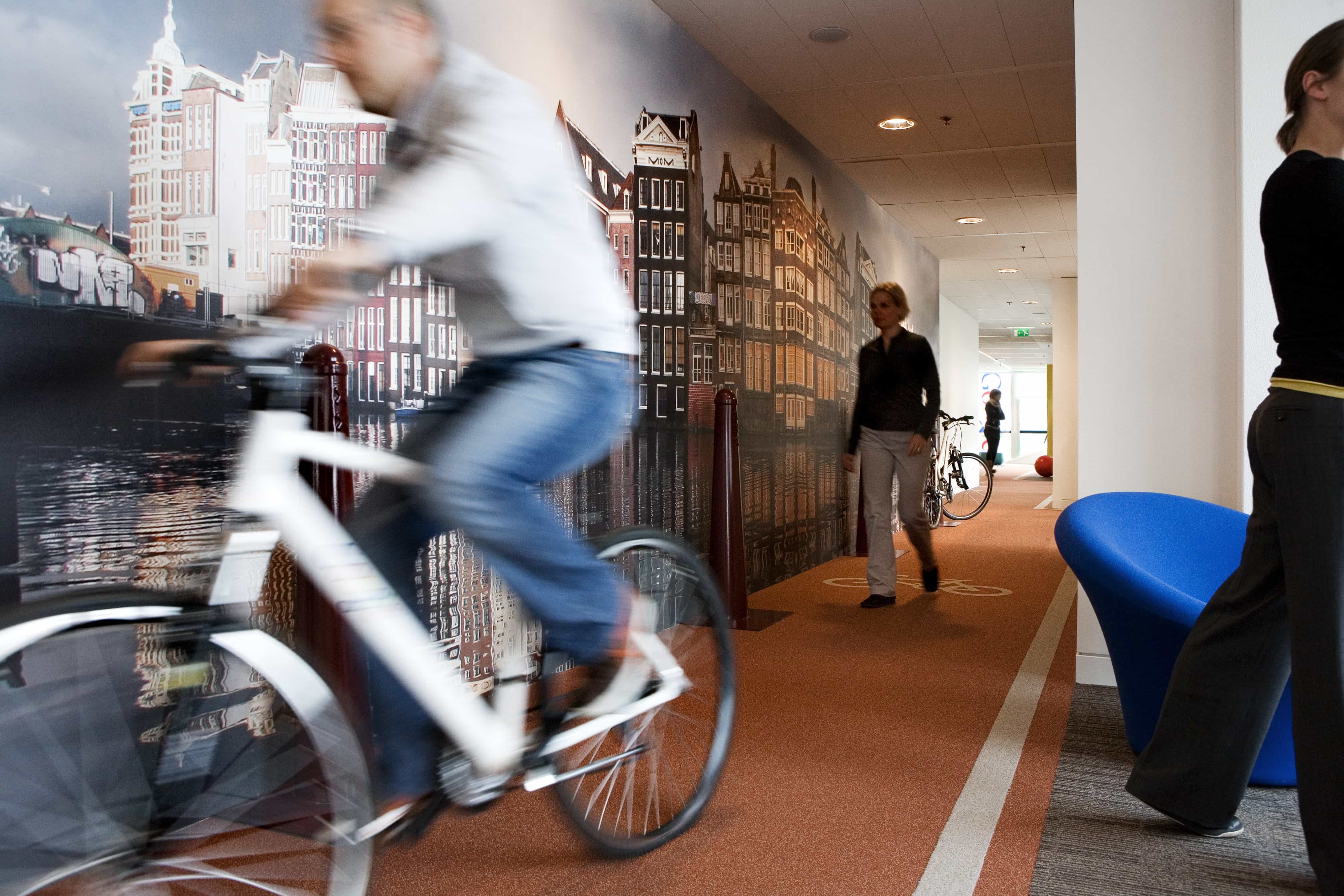Curtailing the costs
The demand for offices in central London is strengthening quickly, with a welcome drive in market to provide buildings which suit a tenant.
Simpler specifications
There is an argument that simpler kinds of specifications may be more cost-effective than the standard Category A developer-led kind. This can be achieved for example, through providing just a raised floor and primary services.
If the industry followed suit, this would result in major savings in money and energy terms.
Notable qualities of workplaces with simpler specifications include natural ventilation, exposed services and less sophisticated air-conditioning systems.
A case in point here is Derwent’s White Collar Factory building on Old Street, London, which our cost consultants are helping to deliver. Expected for completion in 2016, the building is designed around five simple principles: high ceilings, windows that open, concrete core cooling, flexible occupation, and a space that stays cool and warm.

Where this developer is taking the lead, many others are following by investigating what alternative specifications may look like. They highlight what is a welcome drive in the market to produce buildings which suit a tenant, rather than what the market has traditionally expected for the last 20 years.
A more agile future
The tenant — typically the big corporate — is moving towards agile working, where designs are much more about collaborative working, breakout spaces, desk sharing and various types of workplace. Many of these companies have their own global workplace standards which can result in more waste if a developer provides a Category A space and the tenant ends up stripping half of it out, such as the ceilings, lighting and mechanical ventilation systems. This can comprise up to 10 to 15 per cent of a fit-out budget.
While agile working space costs more per square foot, tenants take up less space, so the big saving is on rent — perhaps as much as 30 per cent in some cases, and tenants retain their engaged, more productive staff in the process.
Clients are also looking to achieve environmental ratings which are as high as possible, to maximise the ‘rentability’ of their buildings. This is especially true for companies that want to comply with their corporate responsibilities, and wish to effectively future-proof their schemes. They also want to make their buildings as appealing as possible in order to attract and retain the best, predominantly young, staff, partially by including facilities such as gyms.
Occupational densities are also on the up from 1:12, five to 10 years ago to 1:10 and even 1:8/1:6, today. This is bearing on costs for increased plant, and Mechanical, Electrical and Plumbing services, bigger risers, and faster and bigger lifts.
An evolving market
Corporate tenants are also looking to sweat their assets, but the cost of a fit-out pales into insignificance when compared to the rent they are paying over the life of the building.
As the market for offices in the capital continues to grow, contractors are being more selective, and tender price inflation is increasing at around four to five per cent per annum in London. But contractors are less prepared to take risks on where commodity prices might go in a recovering market.
More and more projects are being funded by sovereign wealth funds from Asia and the Middle East — a major shift in the past three or four years, principally because of London being seen as a ‘safe haven’ — all of which means that the London commercial market remains an attractive one to get into, and stay within.






